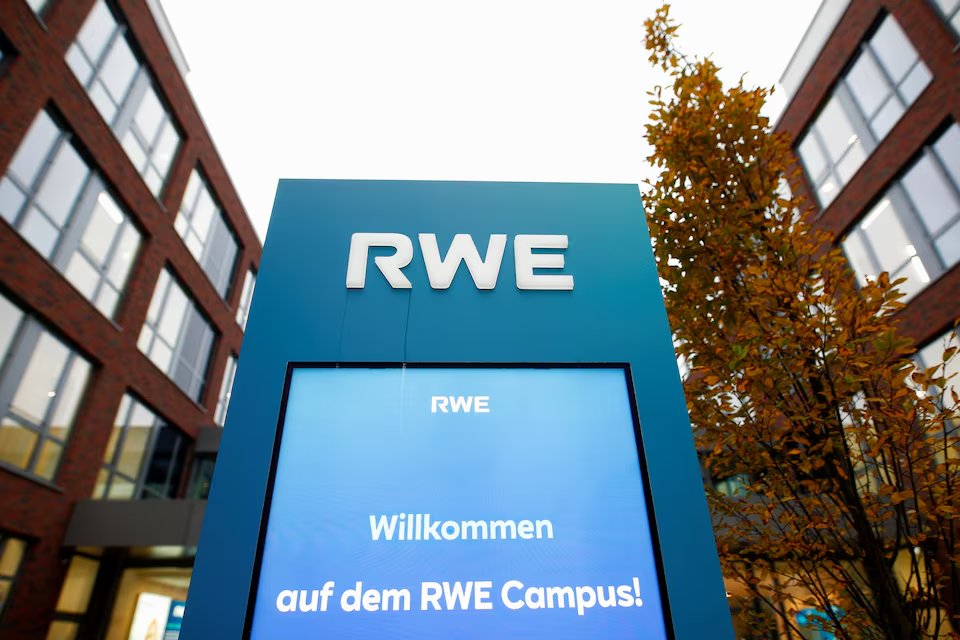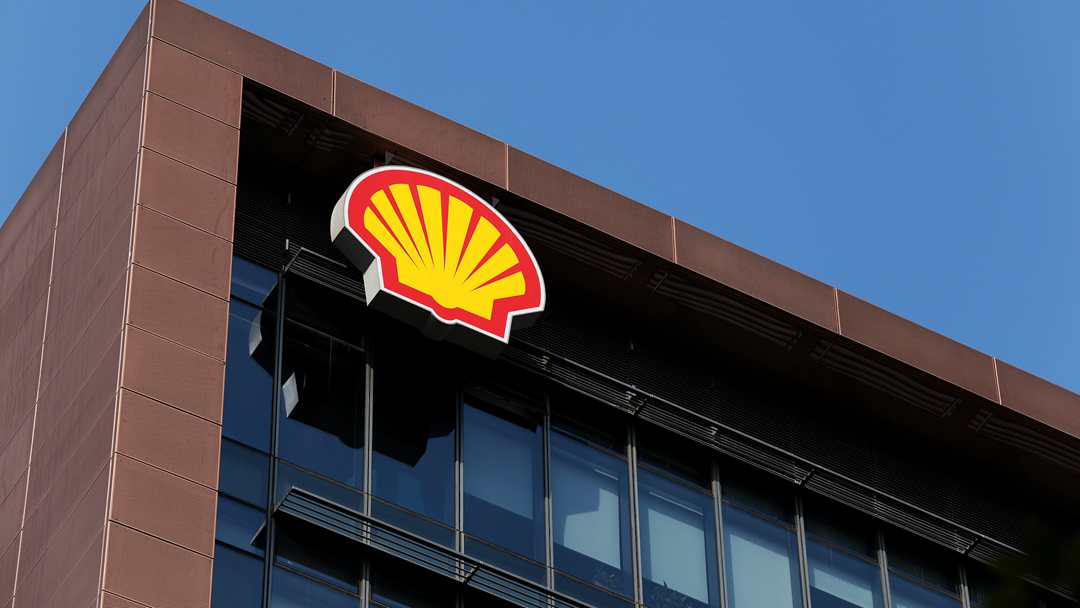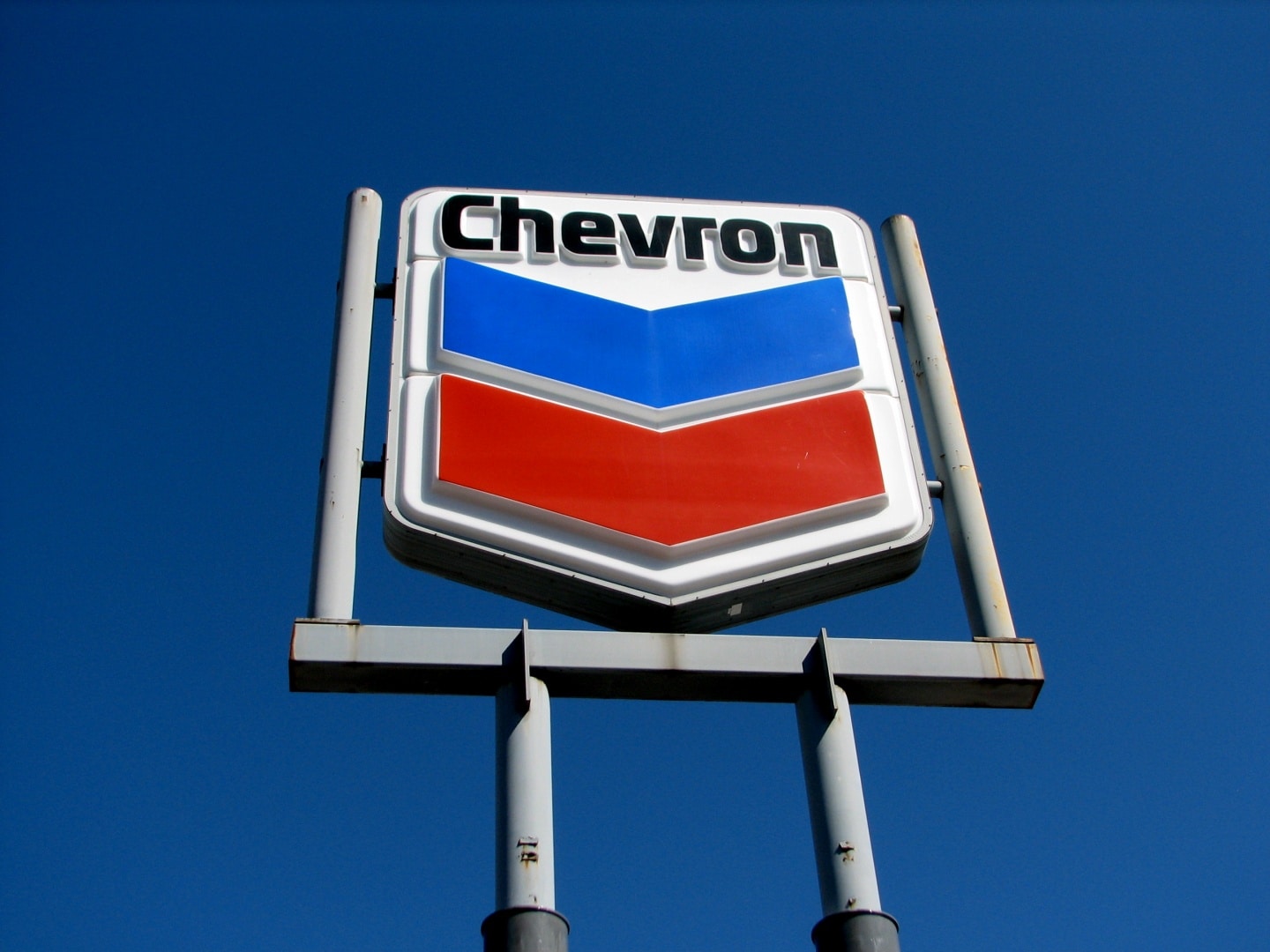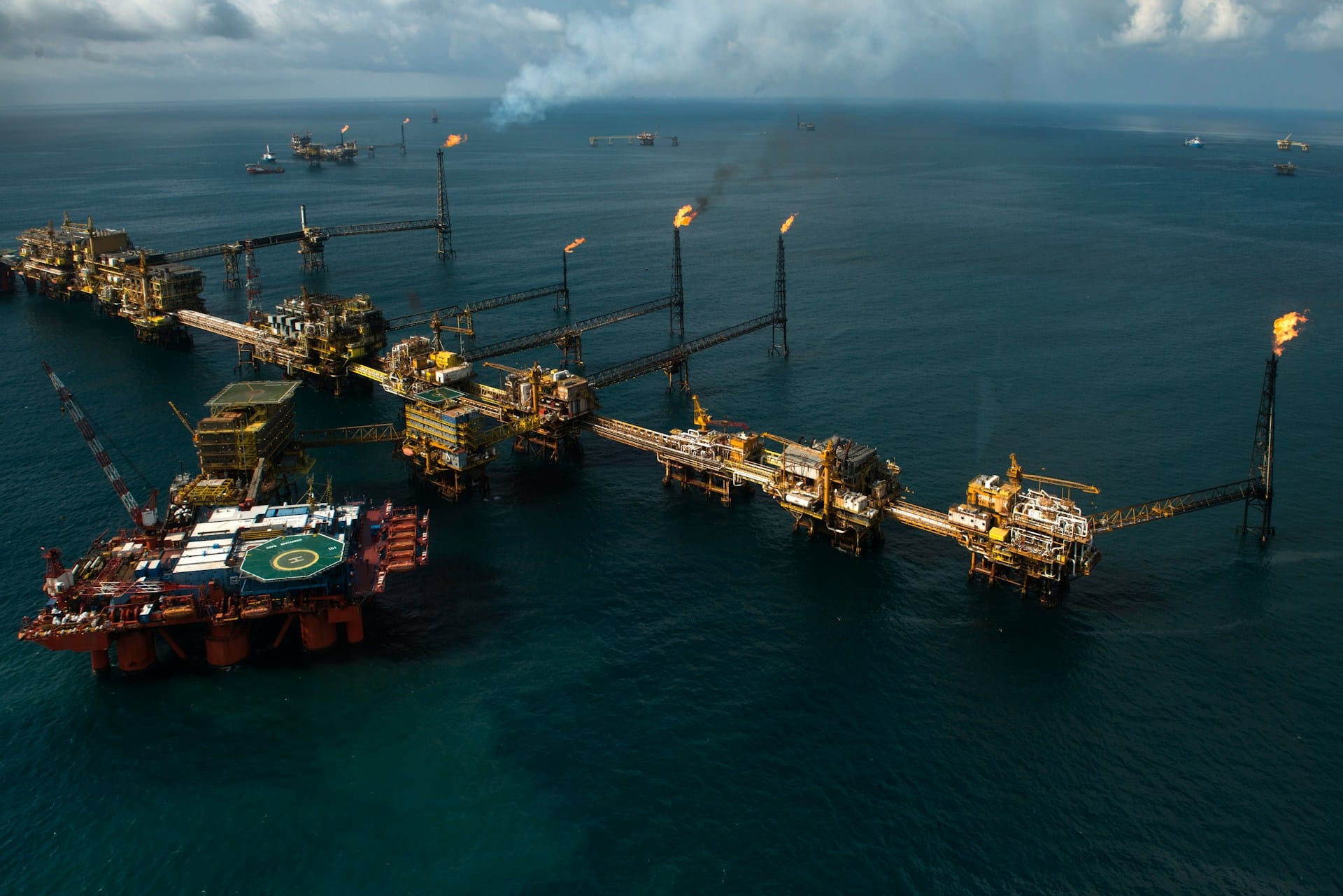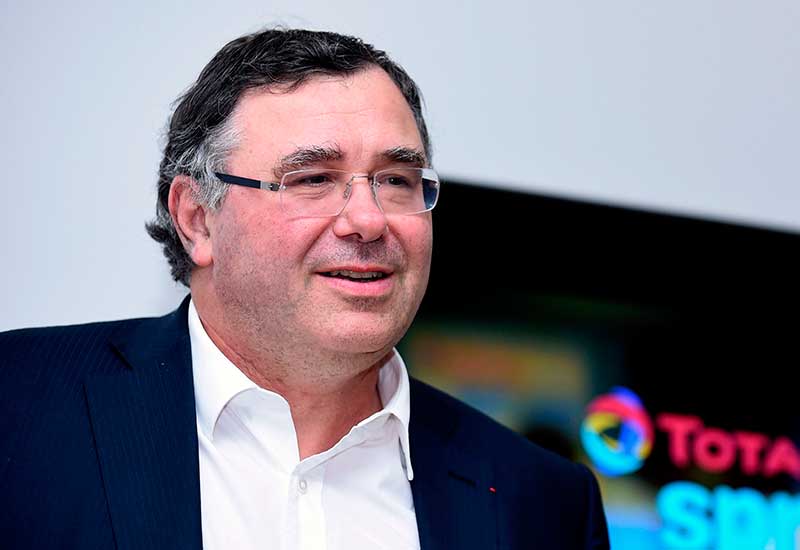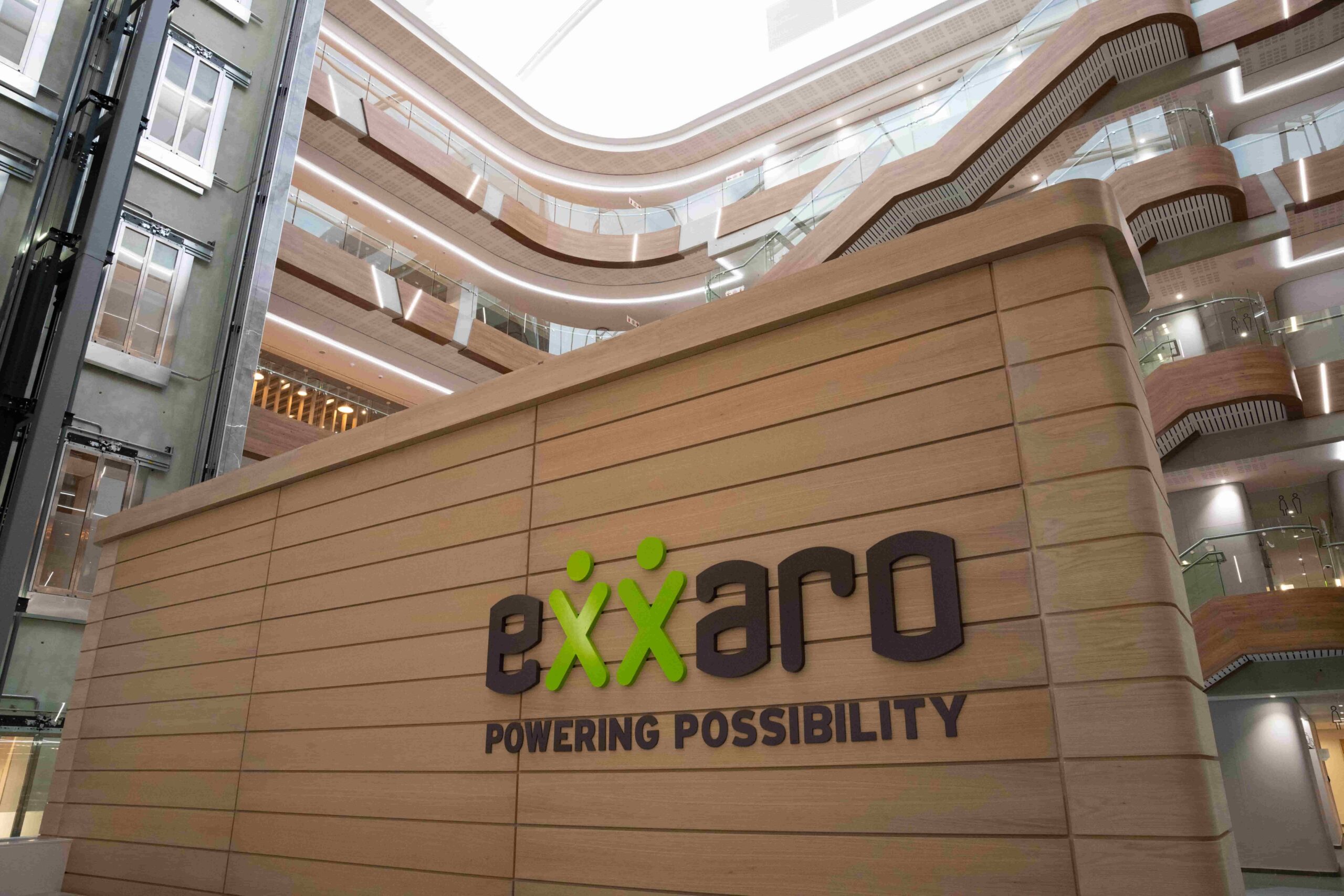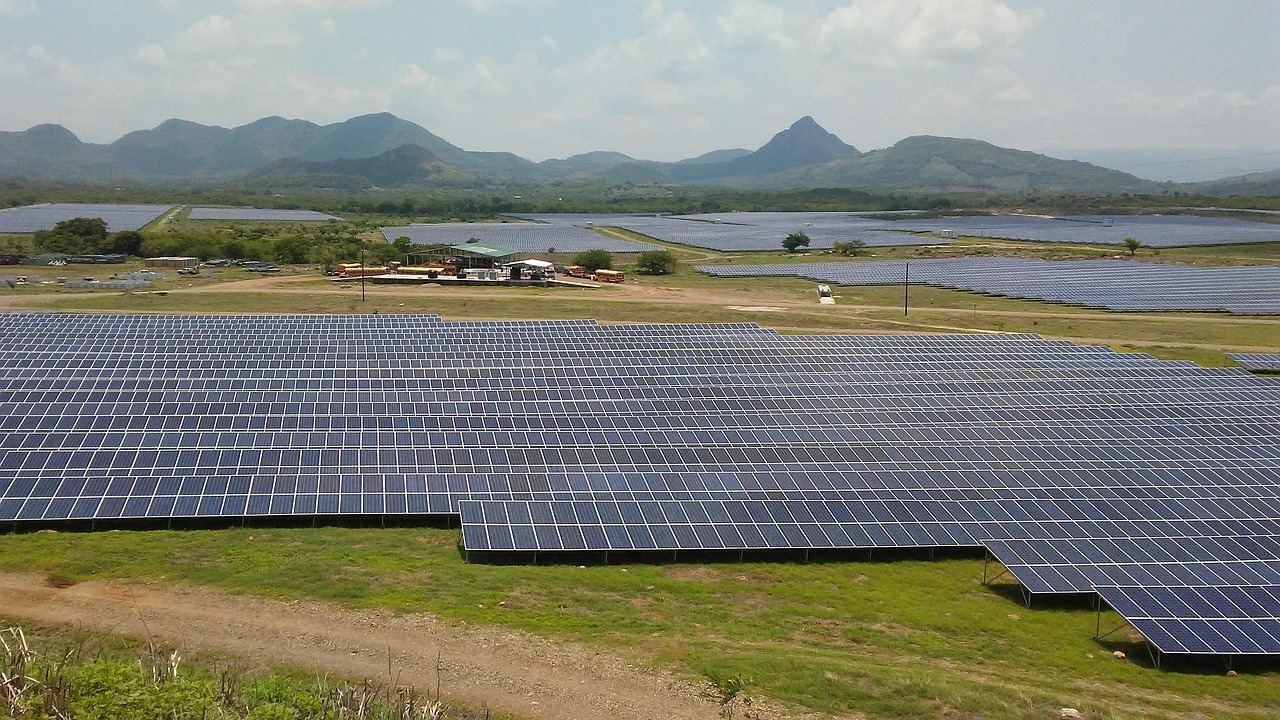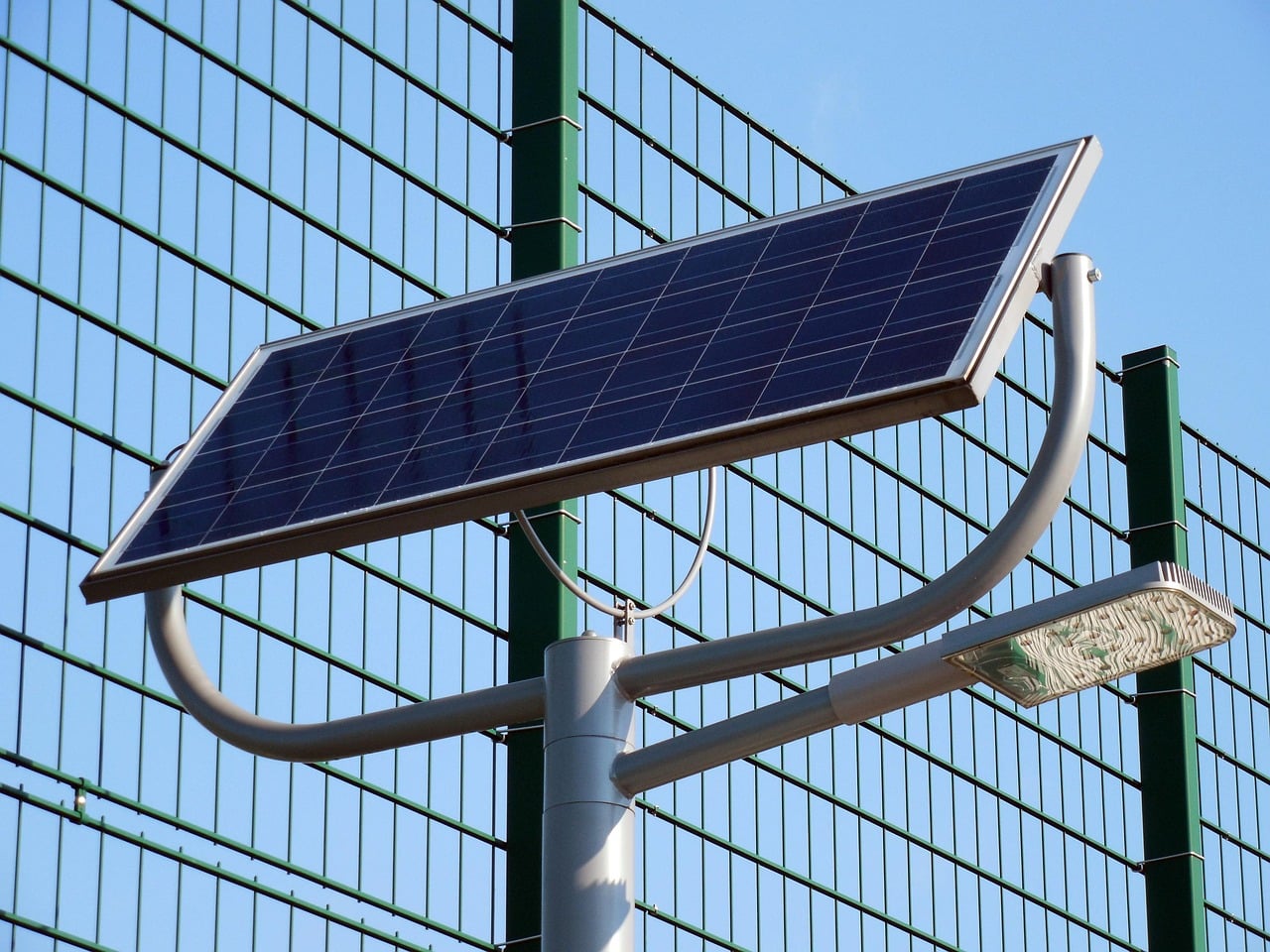One of Germany’s biggest utility firm, RWE, has withdrawn its suppport from Namibia’s $10 billion Hyphen Hydrogen Energy project.
The company confirmed the development on Monday, saying it is no longer pursuing projects in Namibia as demand for hydrogen and its derivatives develops slower than anticipated in Europe.
The move is a setback to Namibia’s ambitions of becoming a global hub for green hydrogen and ammonia production.
The firm said it reviewed its portfolio amid weaker demand for hydrogen in Europe and decided to scale back on projects where timelines and market readiness are not yet aligned.
“We can confirm that RWE is currently not pursuing any further projects in Namibia.
“Against this backdrop, we have reviewed the relevant projects at RWE. This included the project with Hyphen in Namibia,” the firm said in statement.
In recent times, hydrogen demand and uptake of derivatives like ammonia are growing more slowly than expected in Europe.
Setback for Namibia’s green hydrogen drive
Earlier, RWE signed a preliminary, non-binding memorandum of understanding (MoU) with Hyphen in 2022 to explore the purchase of about 300,000 tonnes of green ammonia annually from 2027.
Its withdrawal marks a significant setback for Namibia, which only recently secured $114.7 million to support its flagship Green Hydrogen Programme (NGH2P).
On his part, Hyphen spokesperson Ricardo Goagoseb said RWE had only signed “a memorandum of understanding to explore potential off-take.”
Goagoseb added that no final purchasing agreement had been made.
In its Green Hydrogen Mid-Year Review 2025 report, NGH2P said the funds would be used for transformative projects, pilot initiatives, commercial developments, and technical consultancy work.
The programme was intended to fast-track pilot projects, commercial rollouts, and feasibility studies.
Namibia had positioned itself as a frontrunner in Africa’s green hydrogen race, with Hyphen’s $10 billion facility in Tsau //Khaeb National Park viewed as central to these ambitions.
The project was designed to produce hydrogen and convert it into ammonia for export.
RWE’s exit highlights growing concerns that high costs and uncertain demand could slow Africa’s entry into the global hydrogen supply chain.
Wider industry outlook
Beyond market hurdles, the Hyphen project has also faced criticism from local communities.
Rights groups, including the Nama Traditional Leaders Association, said earlier this year that the project site was built on ancestral land inside a protected national park.
Andrea Pietrafesa, a legal advisor at the European Centre for Constitutional and Human Rights, applauded RWE’s withdrawal.
She stated that the move prevented the purchase of goods produced on land where indigenous rights are violated.
RWE, however, stressed that its decision was unrelated to these complaints, pointing instead to slower demand growth and project feasibility concerns.
The exit by RWE adds to a growing list of global companies reconsidering investments in large-scale green hydrogen ventures due to high costs, technological hurdles, and slower-than-expected outcomes.

